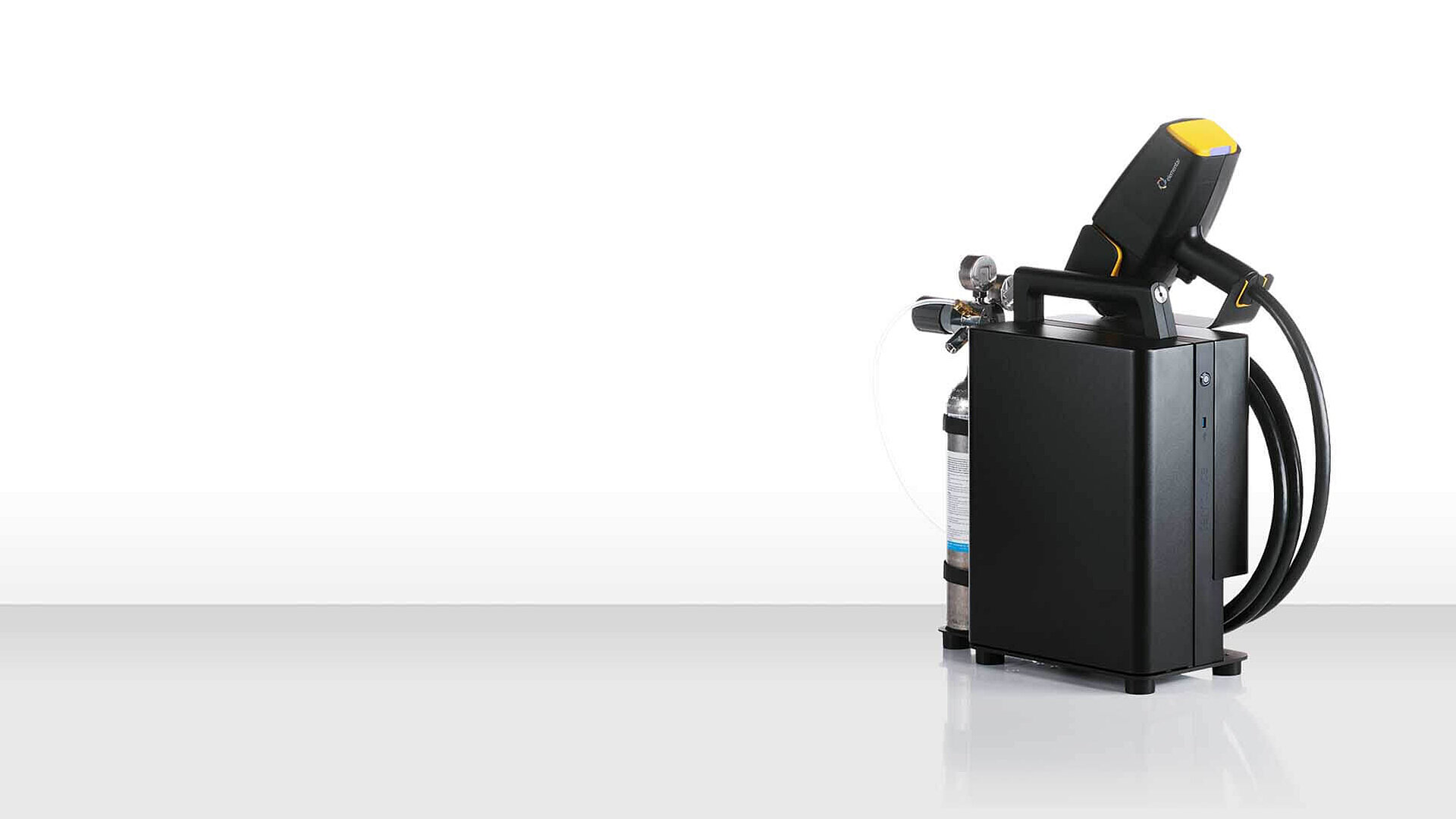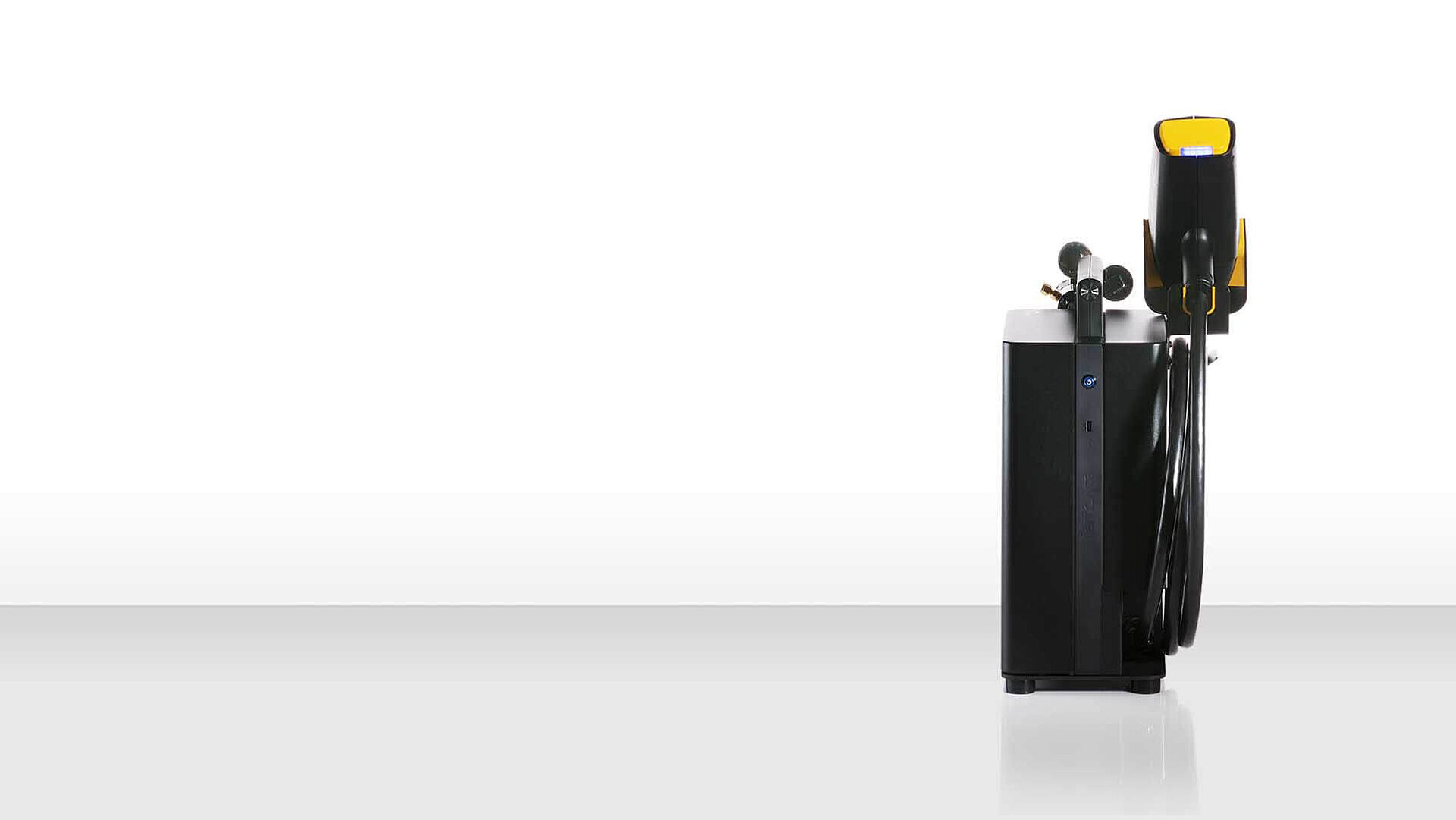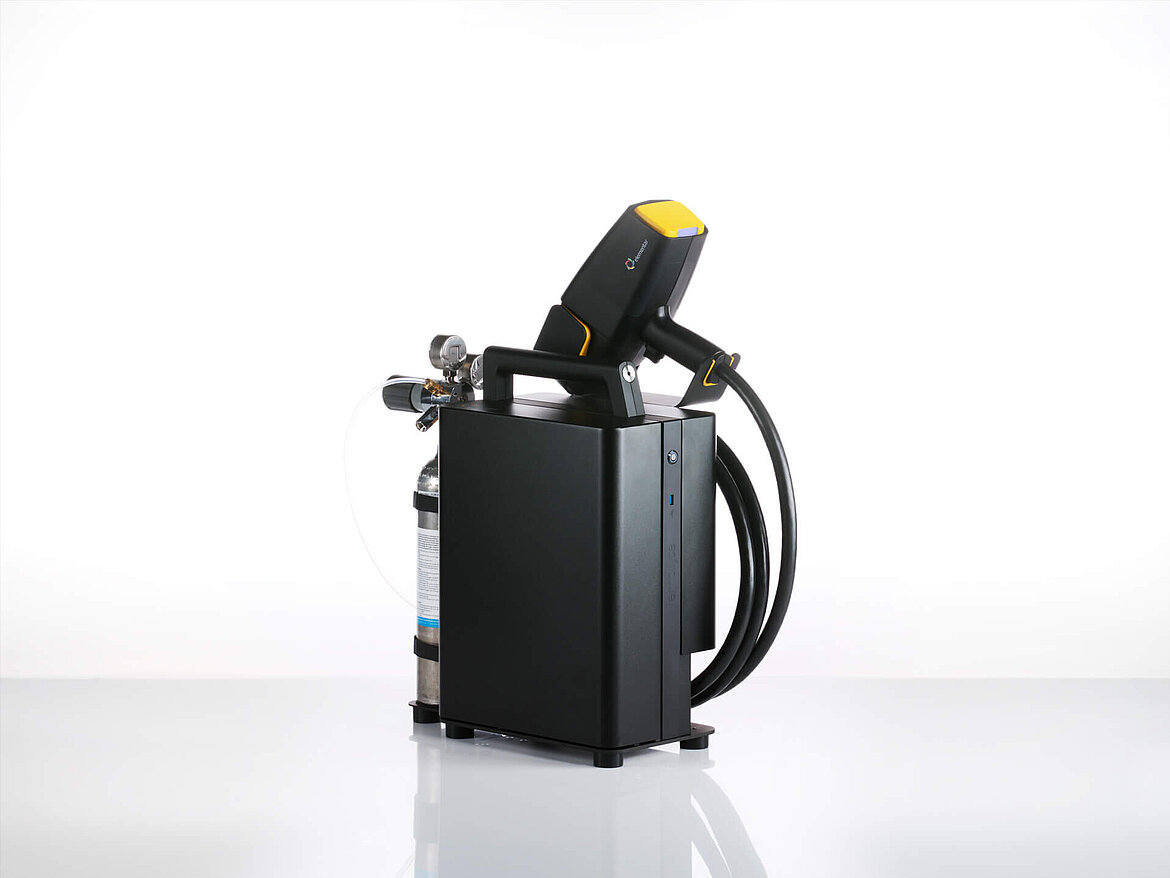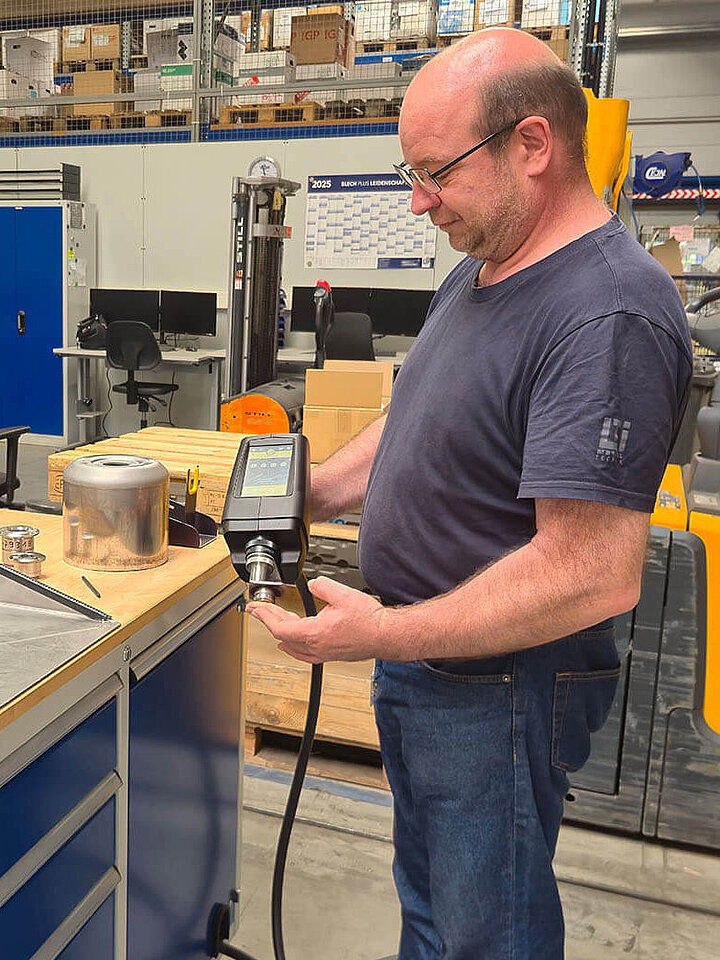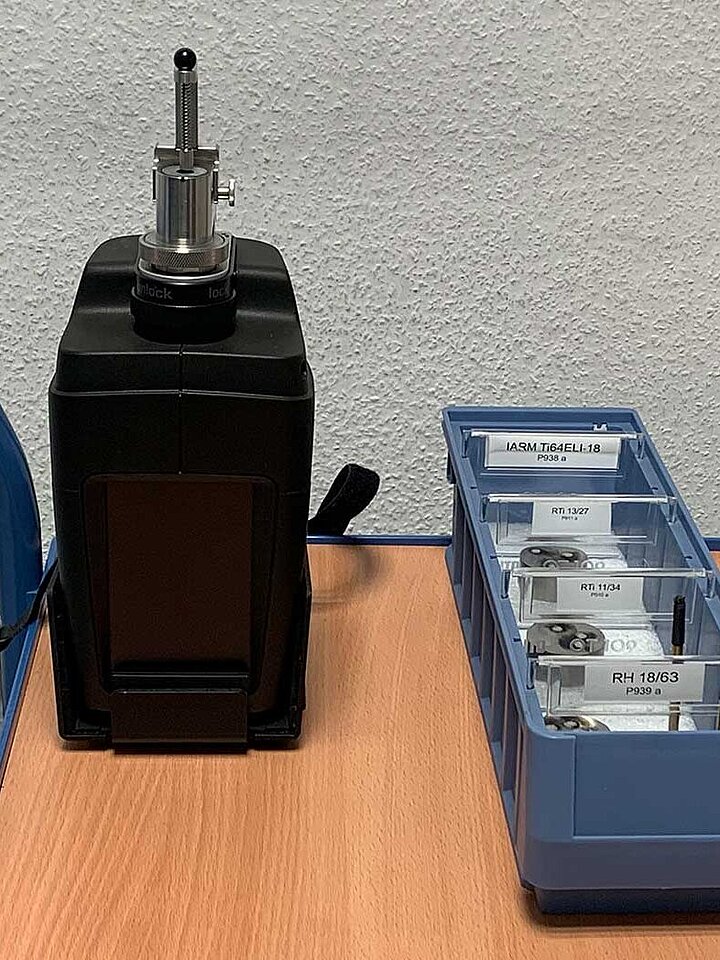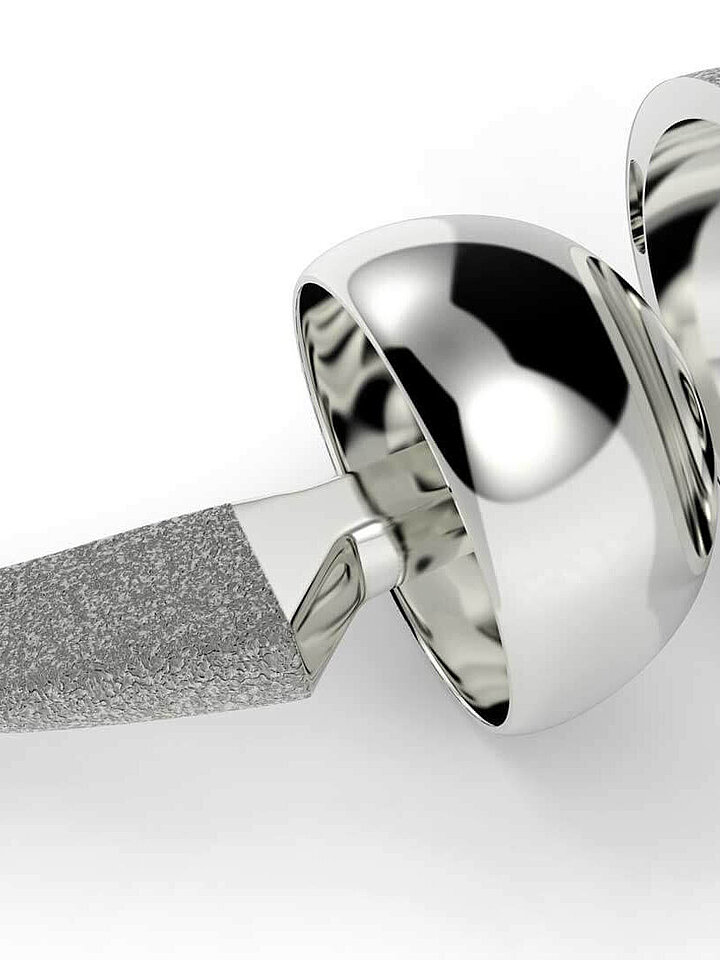Optical emission spectrometry (OES) for reliable analyses
Spark optical emission spectrometry (OES) is the most reliable and established analytical technique to determine the mass fraction or identification (Positive Material Identification, PMI) of metals and their alloys. Our optical emission spectrometers meet the highest requirements of the metal industry, from production control to research and development, from the inspection of incoming or outgoing materials to scrap sorting.
Advantages of optical emission spectrometry (OES)
The advantage of optical emission spectrometry (OES) over other techniques is its short analysis time with outstanding precision - even at low element contents. The measurement is just as fast as with a handheld analyzer for X-ray fluorescence analysis (XRF): many measurements take only a few seconds. In contrast to XRF handheld analyzers, no special training or proof of radiation protection is required. Our optical emission spectrometers can be used safely and conveniently after a short instruction.
Measurements of elements such as carbon, sulfur, phosphorus, boron, lithium, beryllium, calcium, silicon, magnesium and aluminum with low contents can only be analyzed insufficiently or not at all with XRF handheld analyzers due to the lack of sensitivity of the technology. Optical emission spectrometry with spark excitation, on the other hand, allows a much more precise measurement.
However, the precise analysis of these elements is essential for reliable Positive Material Identification (PMI) for many steel alloys and non-ferro alloys. For example, the alloys 316 (1.4401) and 316L (1.4404) can only be differentiated via their carbon content.
Principle of optical emission spectrometry
In optical emission spectrometry (OES) with spark excitation, an arc or spark (ARC/SPARK) is generated between two electrodes by electrical energy. The sample itself acts as one of the electrodes. The energy introduced vaporizes sample material and the released atoms and ions are excited by a burst of electrons.
The emitted radiation is guided into an optical system, where it is broken down into its individual spectral components. Each element contained in the sample emits at different wavelengths and can thus be converted into digital measured values via light-sensitive detectors. The radiation intensity measured in this way is proportional to the concentration of the element in the sample. Based on certified reference materials (CRMs) with different concentration contents and alloy compositions, the measured radiation intensity and concentration is converted into a mathematical function. The mathematical relationship thus determined allows the conversion of radiation energy from unknown samples into element concentrations.
Our portfolio of optical emission spectrometers
Our instruments are optimized for use in metal production, metal processing and metal recycling. In contrast to conventional handheld instruments, our optical emission spectrometers enables the precise analysis of elements with low atomic numbers such as C, P, S, B, Li, Be, Ca, Si, Mg, Al and the determination of nitrogen in duplex within a few seconds. The combination of the intuitive software with simple data export and cloud options with easy instrument handling make our instruments to the perfect solution for the easy, reliable use in every working environment.
